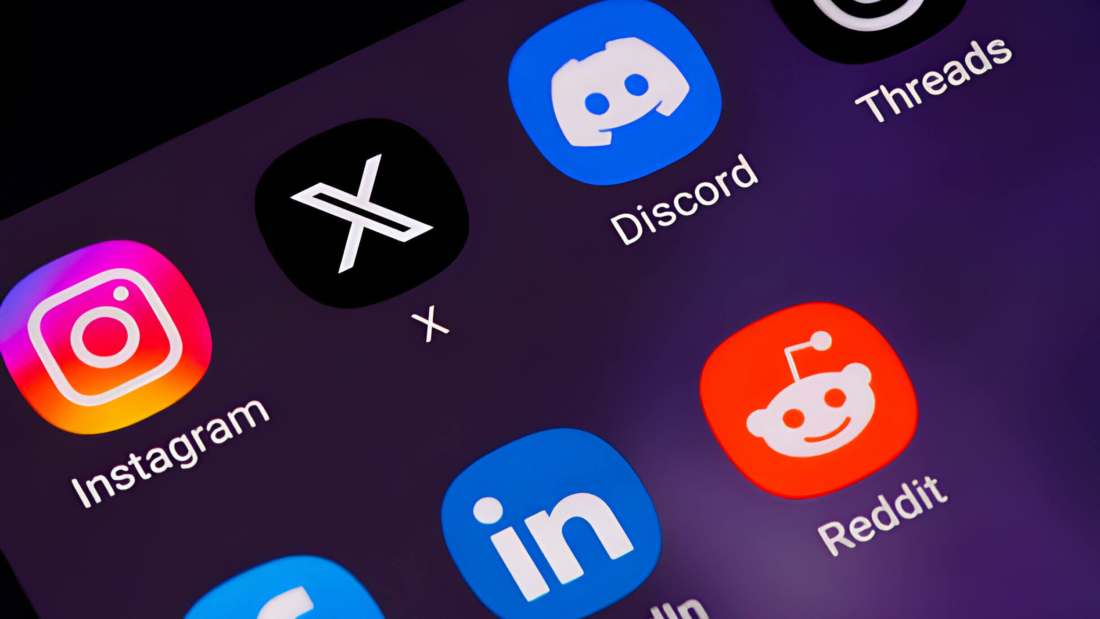In the ever-evolving realm of marketing, QR codes have emerged as a powerful tool, reshaping the way brands interact with consumers. These pixelated squares have transcended their initial use as mere links to websites, evolving into dynamic elements that captivate audiences and boost mobile engagement. Let’s delve into the creative ways brands are harnessing the potential of QR codes in their marketing strategies.
1. Interactive Packaging: Bringing Products to Life
QR codes are transforming product packaging into interactive experiences. Brands now embed QR codes on packaging, enabling consumers to access exclusive content, product information, or even immersive augmented reality (AR) experiences. This not only engages the customer but also creates a memorable and shareable brand experience.
2. Scavenger Hunts and Gamification: Adding Fun to Engagement
Integrating QR codes into scavenger hunts or gamified marketing campaigns injects an element of fun and excitement. Brands create a series of QR codes that, when scanned sequentially, reveal clues, discounts, or exclusive content. This not only entertains the audience but also keeps them actively involved, fostering a deeper connection with the brand.
3. Contactless Menus: Enhancing Dining Experiences
In the era of touchless interactions, QR codes have found a natural fit in the hospitality industry. Restaurants and cafes have replaced traditional menus with QR codes, allowing customers to access the menu on their mobile devices. This not only enhances safety but also streamlines the ordering process, providing a seamless and efficient dining experience.
4. Event Marketing: Streamlining Attendee Engagement
Brands hosting events utilize QR codes to streamline attendee engagement. From event registration to accessing schedules and exclusive content, QR codes act as a gateway to a seamless event experience. Attendees can easily scan QR codes on event materials, transforming their smartphones into a hub of information and interaction.
5. Limited-Time Offers and Flash Sales: Fostering Urgency
QR codes are leveraged for time-sensitive promotions, creating a sense of urgency among consumers. Brands use QR codes to direct users to exclusive discounts, flash sales, or promotional contests. This strategy not only boosts mobile engagement but also drives sales by capitalizing on the psychology of scarcity and time constraints.
6. Storytelling Campaigns: Unveiling Brand Narratives
QR codes become storytellers in the hands of innovative marketers. Brands create QR codes that link to multimedia content, such as videos, podcasts, or interactive graphics, allowing them to narrate their brand story in a captivating and immersive way. This not only enhances brand identity but also keeps the audience invested in the narrative.
Conclusion: QR Codes Paving the Way for Future Marketing
QR codes have evolved into versatile assets for brands, providing a bridge between physical and digital worlds. From interactive packaging to gamified campaigns, their applications are limitless, offering marketers innovative ways to boost mobile engagement. As the marketing landscape continues to evolve, brands embracing QR codes are well-positioned to captivate audiences and stay ahead of the curve. Incorporating these dynamic codes into marketing strategies opens new avenues for creativity and engagement, ensuring a lasting impact on the audience.
In a world where mobile engagement is paramount, QR codes have proven to be a transformative force, reshaping the way brands connect with their audience. As technology advances and consumer expectations evolve, the role of QR codes in marketing is bound to expand, ushering in a new era of interactive and immersive brand experiences.
Best Web Developement Company











